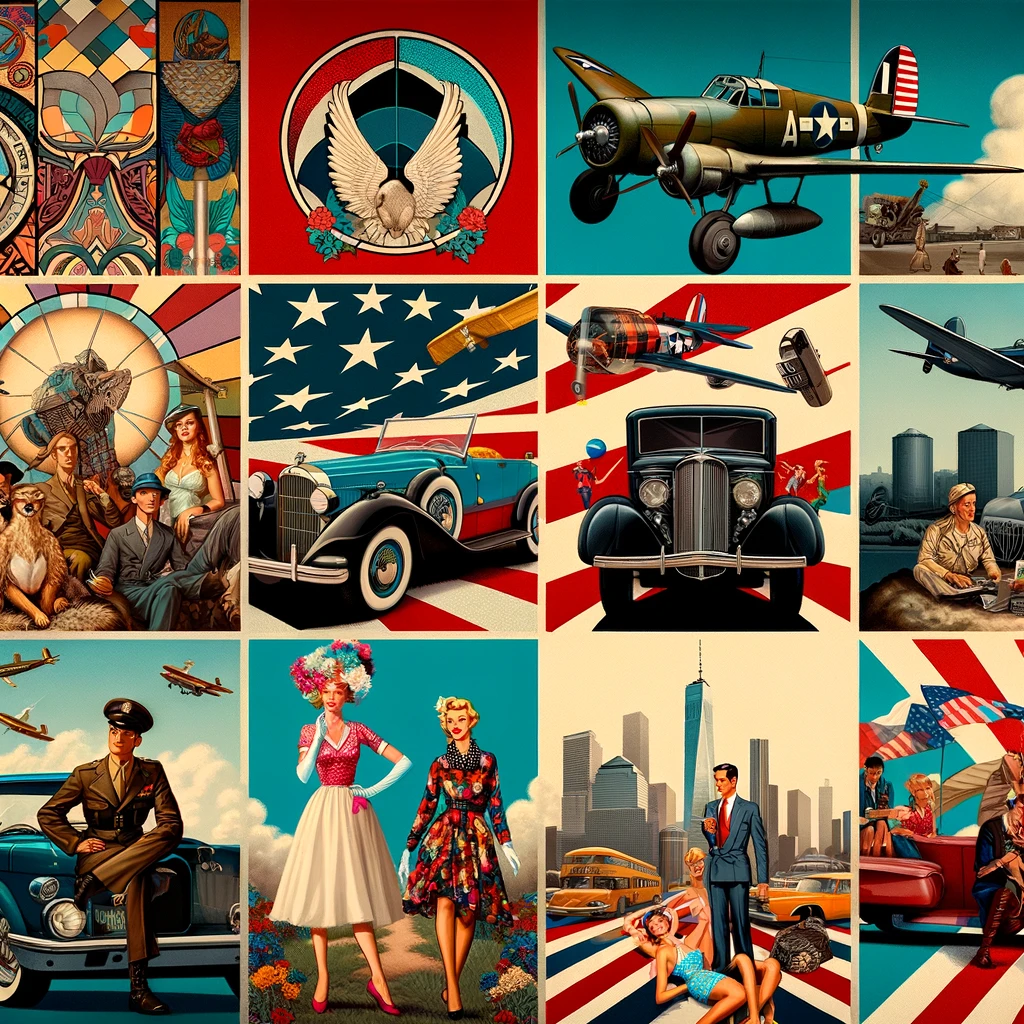Pin-up art, a popular form of illustration and photography, has a rich and varied history, evolving significantly over time. This article aims to explore the origins, evolution, cultural impact, and contemporary relevance of pin-up art.
Introduction
Pin-up art, characterized by its stylized depictions of attractive individuals, often in suggestive poses, has been a significant part of popular culture since the early 20th century. These artworks were initially designed to be ‘pinned-up’ on walls, hence the name. The genre has seen shifts in style, medium, and social perception over the decades.

Origins and Historical Development
- Early 20th Century: Pin-up art emerged in the early 1900s in the United States. It was popularized through various media, including magazines, calendars, and advertisements. The images often featured glamorous women, known as “pin-up girls,” in fashionable attire and poses.
- World War II Era: The popularity of pin-up art skyrocketed during World War II. Soldiers often adorned their barracks and warplanes with pin-up posters for morale. Notable artists like Alberto Vargas and Gil Elvgren contributed significantly to this era.
- Post-War and Mid-20th Century: Post-war, pin-up art became synonymous with American pop culture. It began reflecting the changing fashion trends and social attitudes of the times.

Cultural Impact and Controversy
- Icon of Femininity and Empowerment: Pin-up art has been viewed as a celebration of feminine beauty and sexuality. Some regard it as empowering, allowing women to embrace and showcase their sexuality.
- Critique and Debate: Conversely, it has faced criticism for objectifying women and perpetuating unrealistic beauty standards. The debate on whether pin-up art empowers or objectifies women continues.
Contemporary Relevance
- Modern Interpretations: Today, pin-up art has evolved, embracing more diversity in terms of body types, ethnicities, and gender expressions. It’s seen in various forms, including digital art, photography, and fashion.
- Influence on Media and Fashion: Contemporary fashion and media often draw inspiration from classic pin-up styles, indicating its lasting influence.

Future Outlook
Pin-up art’s future seems to intertwine with digital media evolution and societal shifts in perceptions of beauty and representation. It may continue to evolve, reflecting and challenging contemporary values and aesthetics.
